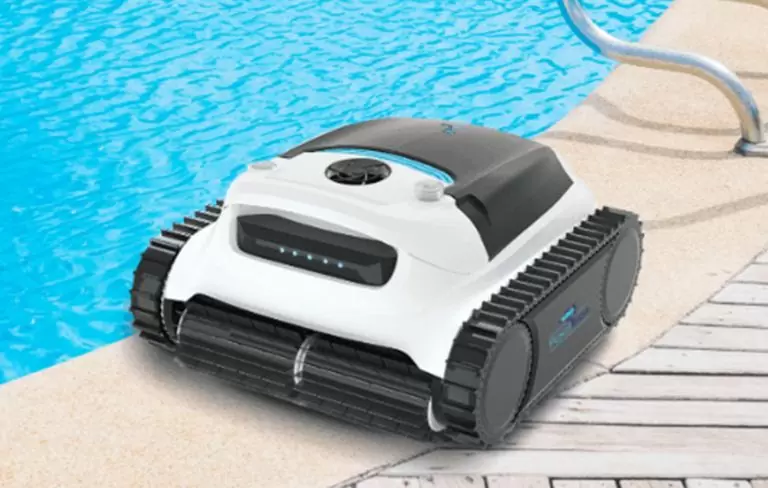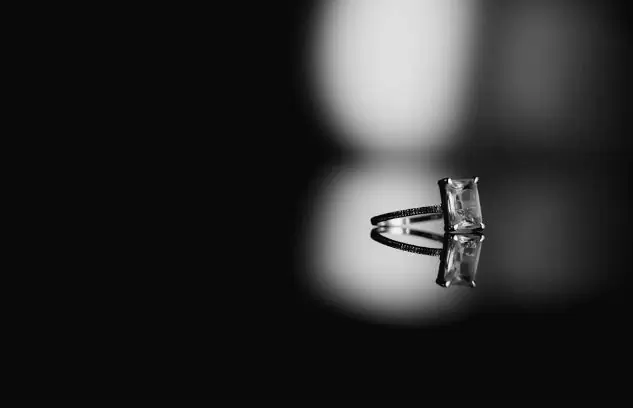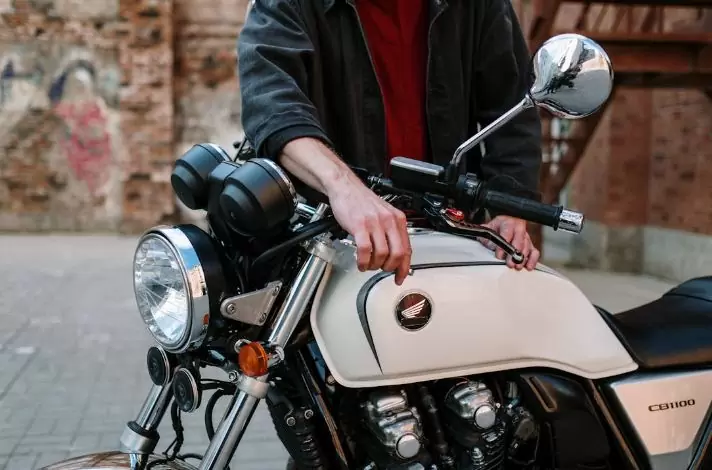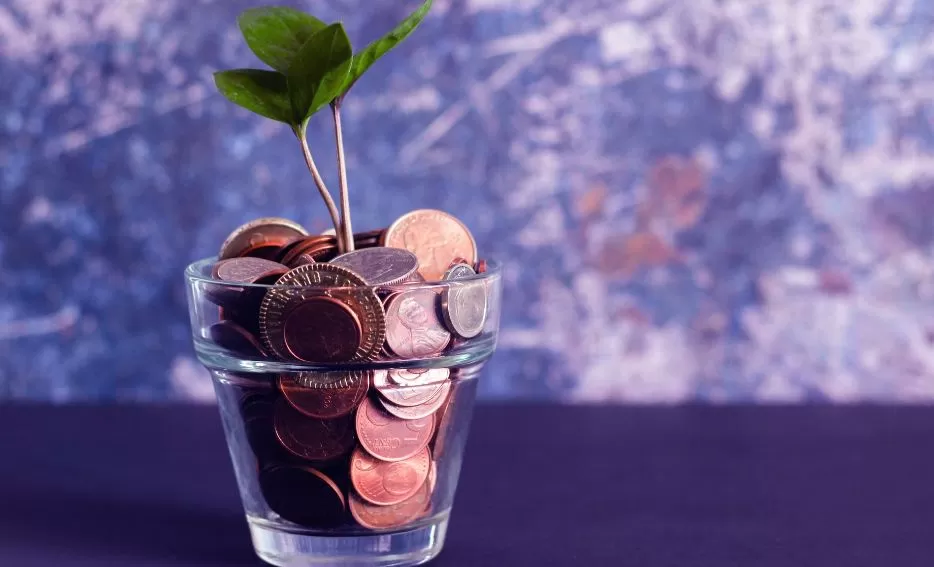Give Peas a Chance: Planting Peas in Your Garden
Peas in a can are good but it is nowhere near garden-fresh and tasty peas. I have nothing against a canned vegetable but does it not taste sweeter if it comes from your garden that is free as well? So if you have some available space or pots, you can consider growing a garden of your own and start with planting peas, a great plant choice for any new gardener like you.
If you are not new with gardening but haven’t planted any peas yet, now is the perfect time to start planting some peas. Here are some tips to help you get started:
Materials to Prepare
There may be a lot of different varieties of peas you can choose from but when it comes to materials for planting, they are still the same. You should have quality seeds you can buy from your local garden store. For your containers you must prepare shallow grow trays. Use fine grained soil or coconut coir. Grow lights could be optional. And a misting bottle, a large bowl and kitchen shears will be useful as you go along the way.
Know the Different Peas
Since peas are a garden staple it will be a great addition to your garden with little attention needed after being planted. When it comes to peas, there is no shortage in its varieties. But let us talk about the ones that are more popular and easy to plant like the English peas, Snap peas, Edible-Podded peas, and the Southern peas.
English Peas
English peas are also known as sweet peas or garden peas. The two types of English peas are the dwarf and the telephone or tall varieties. The dwarf can grow to about 12-16 inches while the tall varieties can reach as much as 3-6 feet tall. The former can do away with the support of trellis if you will grow them in rows, but the taller peas will need a fence if you are doing single or double rows only.
A shelling variety of dwarf peas is the Green Arrow/ This pea needs to reach maturity first before harvesting, shells are removed and only the peas inside are eaten. It is good for soups and stews. One variety of tall peas, on the other hand, is the Alderman, also called Victorian Colossal Climbing. You will have to give this support to grow but the yields will be very productive.
Edible-Podded Peas
If you are using Edible-Podded peas in your kitchen, look for turgid and shiny-smooth snow peas without enlargement and it must also be thin and not wilted. It can be eaten whole and not shelled. So if you want this plant in your garden, you better plant 6-8 weeks before the spring killing frost and do it with well-drained sandy soil. The produce will be less fibrous but it will be tender and sweet.
Snap Peas
Snap Peas or Sugar Snap Peas can be grown in containers or pots but some varieties may need trellis or sticks and can be eaten raw or cooked. The planting depth and spacing could be just an inch deep and wide but when transplanted, you must go deeper depending on the growth of the plant. They are usually used in salads or eaten whole, stir-fried and steamed.
Planting Pea Procedure
You can always start with little seedlings brought from the corner garden store. But if you are going with your own seed then pick quality seeds for your peas. Place a small amount of water into a bowl to soak the seeds. Pea seeds, after all, are a bit larger compared to other seeds so they require more water absorption to grow and germinate well. Leave them for 6-12 hours but not more than 24 hours, once they are plump, rinse them well.
Fill your grow trays with ¾ potting soil then place the seeds evenly on top of the soil. Cover with some soil and give a slight tap to the soil in order to keep the peas grounded and grow deep roots. You may need to put some covering like net as birds love to grab pea seeds. Place your plants in a sunny spot.
After this, they may need to be watered frequently but lightly. Go easy on nitrogen fertilizer as well. Doing so will increase the amount of foliage and not the pods. It will take around 2-3 months before seeing results. Do the harvesting in the early morning when the dew has already dried up.
Conclusion
Now that you know how easy it is to grow peas, you can start growing them yourself and in the comfort of your own home. Though it may be a bit challenging at first, the following months will fill you with joy. As you will get harvests you can never imagine. Now with your peas just in your backyard, you can now experiment and discover more Pea recipes you can never imagine.










